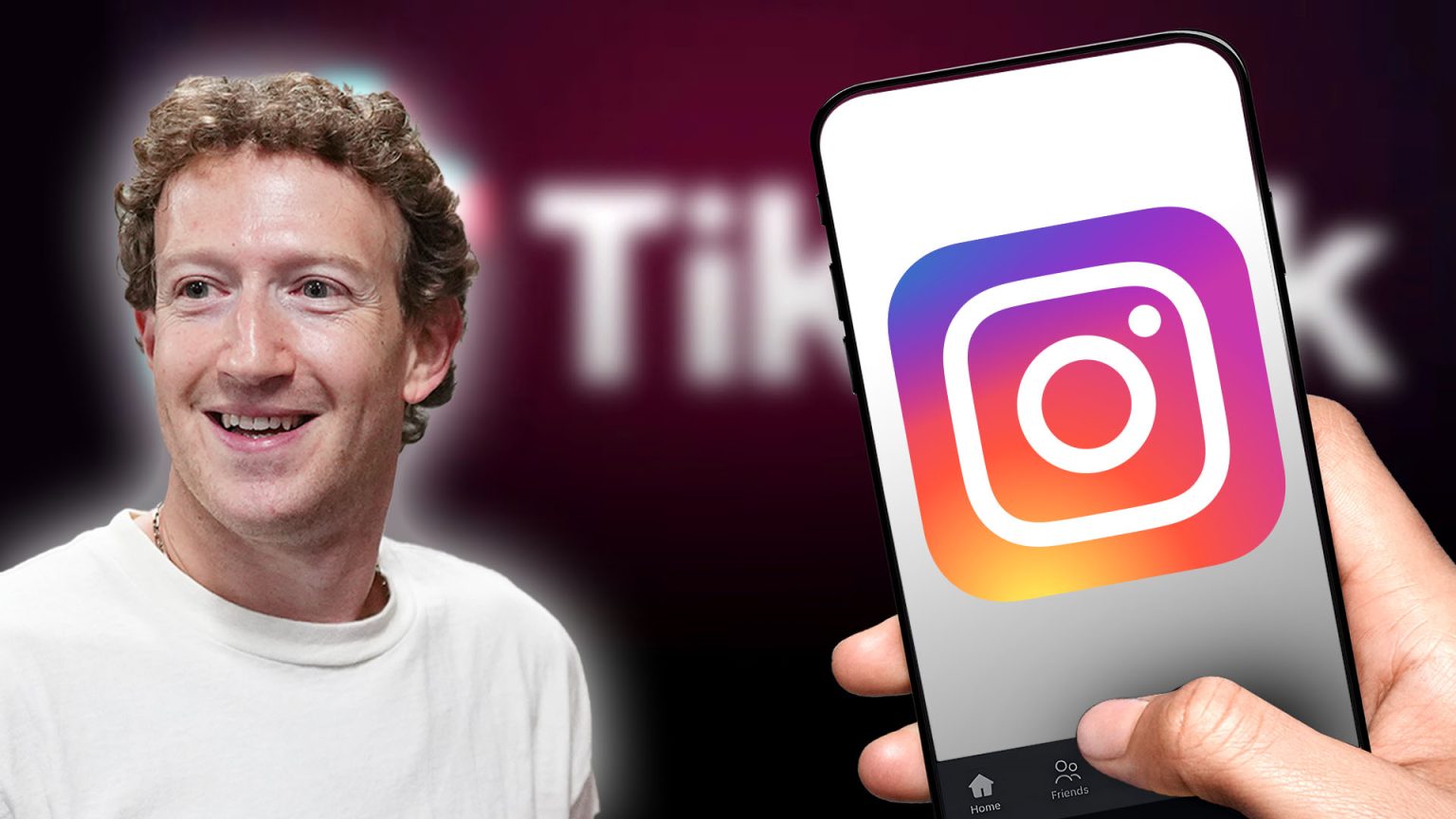The recent overhaul of Instagram’s profile grid, shifting from the traditional square format to a taller rectangular layout, has sparked considerable backlash from users, with some even threatening to abandon the platform. This redesign, seemingly a minor alteration, has disrupted the carefully curated aesthetics of many profiles, particularly those of businesses and “bookstagram” accounts that rely on the visual flow of the square grid to showcase their content. The change has been met with accusations of being pointless and detrimental to the user experience, with some users launching online petitions urging Instagram to revert to the previous format. The timing of the redesign, coinciding with the threatened ban of TikTok in the US, has also fueled speculation about Meta’s motives, with some accusing the company of attempting to capitalize on TikTok’s potential absence by pushing its own video platform, Reels.
The user frustration stems from the disruption to established profile aesthetics and workflows. Many users, especially businesses, have spent considerable time and effort arranging their posts within the square grid format to create a cohesive and visually appealing presentation. This redesign necessitates a complete rethinking and rearrangement of content, potentially wasting hours of previous work. Furthermore, the new layout seems to prioritize vertical content, reflecting the dominance of vertical videos on platforms like TikTok and Reels. This shift, while catering to the current trend, alienates users who primarily share images or prefer different aspect ratios. The sense of unilateral change imposed without user consultation has further exacerbated the negative sentiment, leaving users feeling unheard and disregarded.
This controversy highlights the delicate balance between platform innovation and user experience. While platforms like Instagram continually strive to improve and adapt to evolving trends, these changes can sometimes clash with established user practices and preferences. In this case, the shift to a taller grid, seemingly intended to accommodate the growing prevalence of vertical video content, has inadvertently disrupted the established workflows and aesthetic preferences of a significant portion of the user base. This highlights the importance of user feedback and testing in the development and implementation of platform changes, and the potential consequences of overlooking these crucial aspects.
Adding fuel to the fire, the redesign has been linked to Meta’s perceived rivalry with TikTok. The timing of the change, coinciding with the potential TikTok ban, led some users to speculate that Instagram was attempting to capitalize on the situation by promoting its own short-form video platform, Reels. This perceived opportunism has further fueled user resentment, painting the grid redesign as a strategic move rather than a genuine attempt to enhance user experience. The narrative of Meta, under the leadership of Mark Zuckerberg, being threatened by TikTok’s popularity has also gained traction, with some users criticizing the company for mimicking TikTok’s features while simultaneously neglecting user feedback on its own platform.
Instagram’s head, Adam Mosseri, attempted to address the concerns, explaining that the taller grid is designed to better showcase the predominantly vertical format of modern photos and videos. He also acknowledged the disruption caused to carefully curated grids and promised improvements to thumbnail customization and the integration of highlights within the new grid. However, these assurances have done little to quell the user backlash, with many still expressing dissatisfaction with the forced change and the lack of prior consultation. The emphasis on accommodating vertical content further reinforces the perception that Instagram is prioritizing video over other forms of media, alienating users who prefer to share images or other aspect ratios.
The overall sentiment reflects a growing frustration with Instagram’s perceived prioritization of trends and competition over user experience. The platform has been criticized for increasingly mimicking features from competitors like TikTok, while seemingly neglecting the needs and preferences of its existing user base. This incident serves as a reminder of the importance of prioritizing user satisfaction and incorporating user feedback into platform development. The exodus of some users to alternative platforms underscores the potential consequences of neglecting these crucial aspects. The future of Instagram, in the face of growing competition and evolving user expectations, hinges on its ability to strike a balance between innovation and user-centric design.




